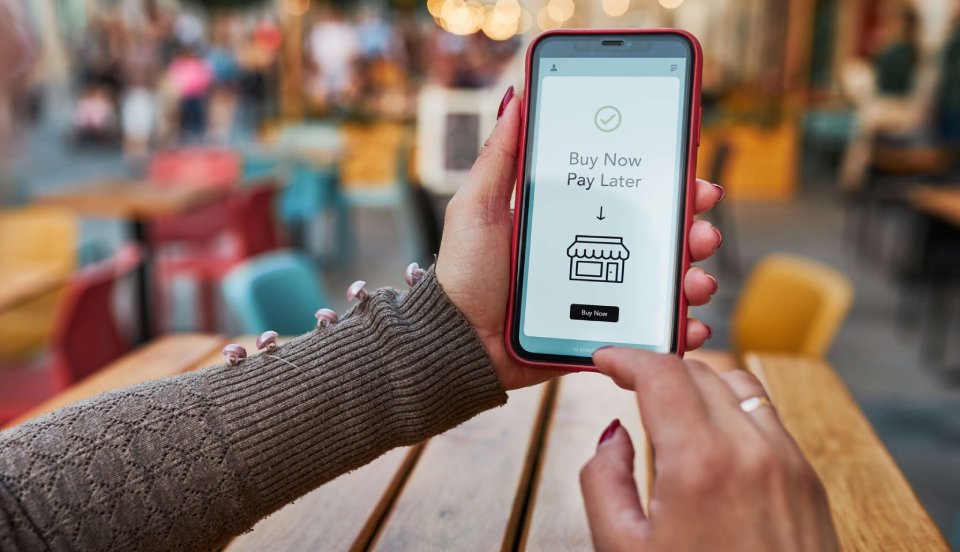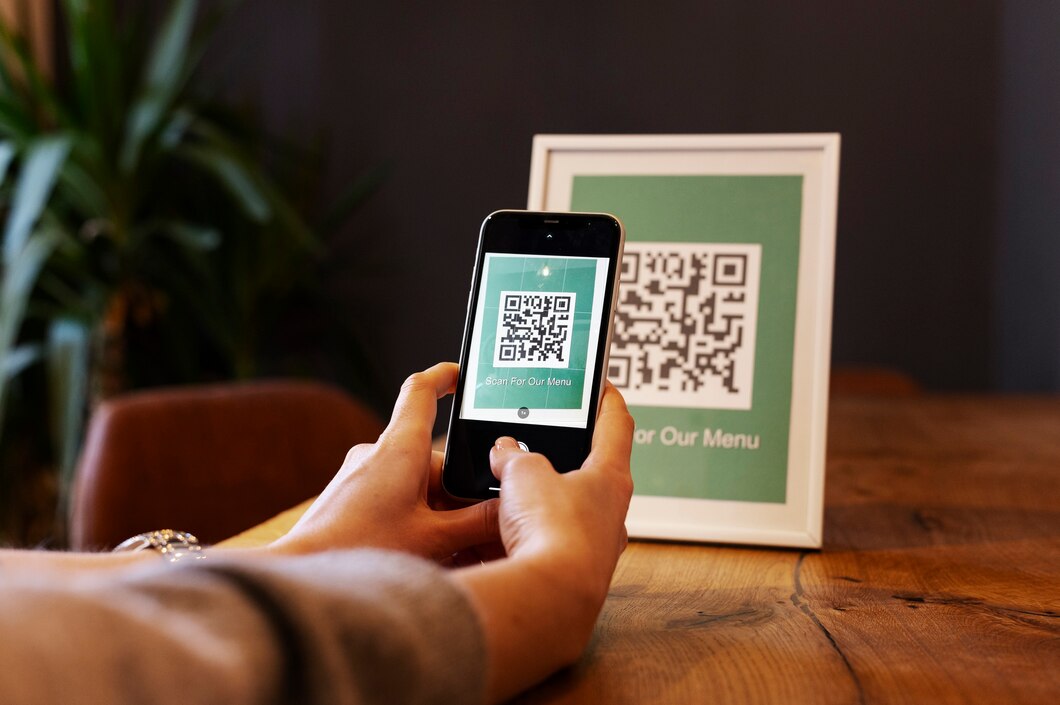
The Future of Digital Payments: What You Need to Know
The financial world is changing fast with new digital payment options. From contactless transactions to cryptocurrency, how we handle money is evolving. Cash payments are decreasing as new technologies make transactions quicker, safer, and easier. This guide looks at the future of digital payments, key innovations, and what businesses and consumers should do to stay ahead.
Evolution of Digital Payments
How Digital Payments Have Evolved Over the Last Decade
In the past ten years, digital payments have gone from niche options to everyday tools. Now, credit and debit cards work alongside mobile wallets, peer-to-peer (P2P) apps, and blockchain currencies. This shift is due to consumers wanting faster and safer ways to pay. To keep up, businesses have added digital payment methods for smoother transactions with their customers.
The Shift from Cash to Digital Transactions
Many countries are experiencing a decline in cash use as digital transactions take hold. This shift has been driven by the growth of e-commerce, subscriptions and digital banking. Authorities and banks promote digital payments to promote financial inclusion and limit risks linked to cash handling. This transition was accelerated by the pandemic as consumers looked for safer, contactless ways to pay.
The Role of Mobile Wallets and Online Banking
Mobile wallets such as Apple Pay, Google Pay, and Samsung Pay have changed how people pay. These wallets keep card details safe and allow contactless payments with a tap. Online banking has also advanced, offering smooth integration with digital payment systems. This makes money transfers quicker and more accessible. Together, these technologies lessen our dependence on physical banks, letting users manage transactions from anywhere.
Emerging Trends in Digital Payments

1. Contactless Payments & NFC Technology
Benefits of Contactless Payments
Contactless card payments are a fast and efficient way to pay. Consumers only need to tap a card, smartphone, or wearables on an NFC terminal to pay. The technology became popular during the COVID-19 pandemic when businesses and consumers were looking for safer, touch-free options. The convenience of this feature has supported the widespread use of contactless payments. Numerous nations have increased transaction ceilings for bigger transactions.
How Near-Field Communication (NFC) Is Revolutionising Transactions
NFC technology enables secure communication between devices nearby, powering contactless payments. Many retailers and service providers use NFC-enabled terminals. This reduces the need for cash or card swipes. As NFC technology improves, it will enhance payment security. It will also expand into public transport, automated retail checkouts, and smart home connections.
2. Cryptocurrency and Decentralised Payments
How Bitcoin and Ethereum Are Reshaping Digital Finance
Cryptocurrencies, such as Bitcoin and Ethereum, provide decentralised systems. They eliminate the need for banks and middlemen. These digital assets run on blockchain networks. This enables secure and transparent transactions everywhere. Companies like Tesla, Microsoft, and PayPal accept cryptocurrencies, showing their growing acceptance. Decentralised finance (DeFi) platforms allow users to lend, borrow, and trade assets without traditional banks.
Challenges and Opportunities in Crypto Payments
Cryptocurrencies provide decentralisation and lower fees but face regulatory issues and price swings. Governments are looking at how to regulate crypto payments while ensuring consumer safety. Blockchain finance is growing despite challenges. Central banks are looking into Central Bank Digital Currencies (CBDCs) as options to replace traditional money. More businesses are accepting cryptocurrencies, which shows wider adoption may come soon.
3. AI and Machine Learning in Payment Security
AI-Driven Fraud Detection and Risk Management
AI is crucial for detecting fraud and preventing cyber threats. Payment processors use AI algorithms to analyse transaction patterns in real-time. This helps them identify suspicious activities before losses can happen. This proactive approach boosts security and builds consumer trust in digital payments. AI is also improving customer support, speeding up dispute resolution and fraud prevention.
Enhancing Security with Biometric Authentication
Biometric authentication, such as fingerprint and facial recognition, is vital for digital payments. Many smartphones and banking apps now require biometric verification to approve transactions. This reduces fraud risks. As biometric technology advances, it will enhance the security of digital payments. New methods, like palm vein recognition and behavioural biometrics, are also being explored for better authentication.
The Role of Buy Now, Pay Later (BNPL) Services

The Rise of BNPL in E-Commerce
Consumers who want flexible payment options often turn to Buy Now, Pay Later (BNPL) services. Shoppers can split purchases into interest-free payments on platforms like Klarna, Afterpay and Affirm. This makes it easier to buy big-ticket items. The trend is transforming online retail and offering consumers more purchasing power, all without the need for traditional credit cards. BNPL services are expanding into travel, healthcare, and education.
How BNPL Affects Traditional Lending
BNPL is changing the game for traditional credit systems. It provides an easy and accessible option compared to credit cards. BNPL services offer convenience, but they also raise concerns about overspending and debt. Regulators are evaluating BNPL practices to ensure responsible lending and consumer safety. Financial institutions are also developing their own BNPL solutions to keep up with this changing market.
Future Innovations in Digital Payments
Blockchain-Powered Payment Solutions
Beyond cryptocurrencies, blockchain technology is being used for secure, tamper-proof payment solutions. Smart contracts allow automated transactions without middlemen, cutting costs and speeding up transactions.
Companies are exploring blockchain to improve remittance services and cross-border payments. This offers faster and cheaper options compared to traditional banks.
The Impact of 5G on Payment Processing
The launch of 5G will increase the speed and efficiency of digital transactions. Faster connections enable real-time payments, enhance security, and support more IoT payment devices.
This will make mobile payments easier and improve user experiences. Transactions will flow smoothly across many sectors.
Voice-Activated Payments and IoT Transactions
Voice-activated payments are growing with tools like Amazon Alexa and Google Assistant. Consumers can now use voice commands to buy items, pay bills, and send money. IoT devices, including smart fridges and connected cars, will also allow for automated payments. This trend boosts everyday convenience. As voice recognition technology advances, it will become more important in digital commerce.
Conclusion: Digital Transaction Trends Shaping a Secure Payment Landscape

Digital payments are changing fast due to technology, security, and consumer habits. Contactless payments, cryptocurrencies, AI security, and BNPL services are growing. Businesses and consumers need to adapt. Staying updated on these trends will help them benefit from the changing digital payment landscape. This leads to a more secure and efficient financial future.